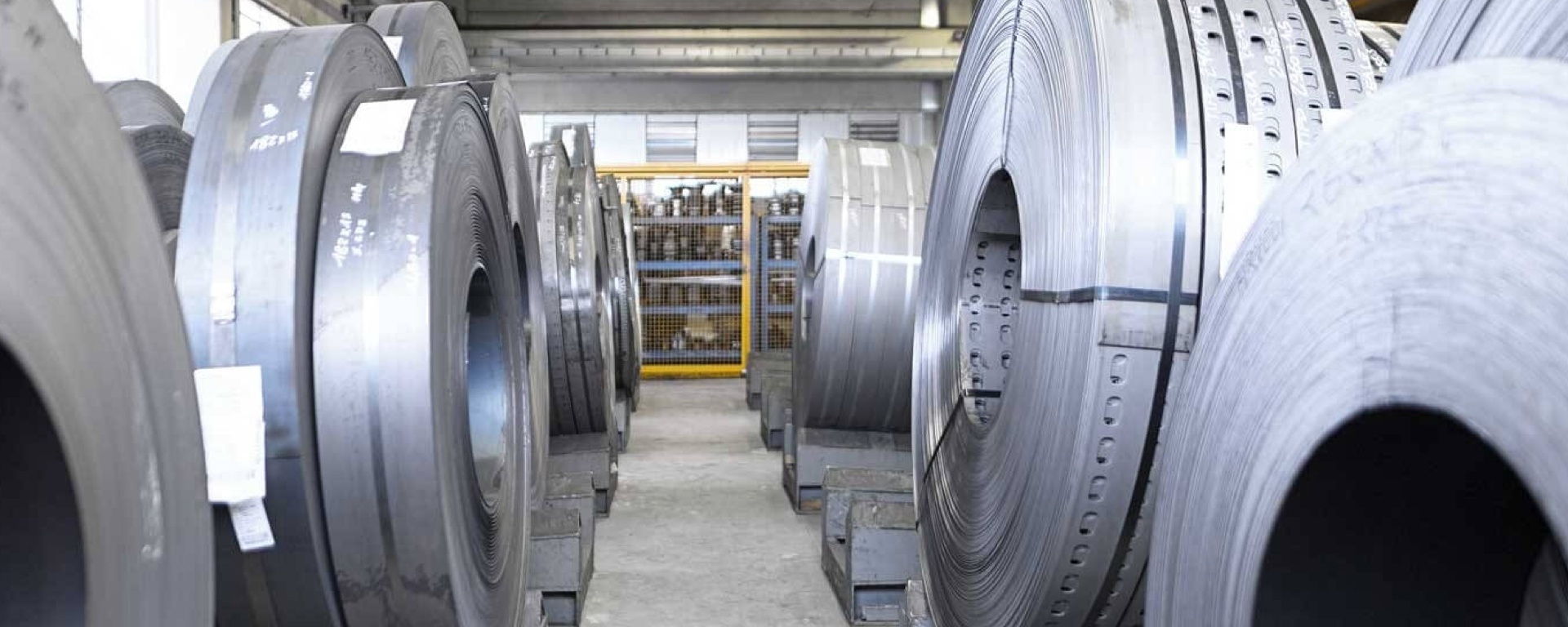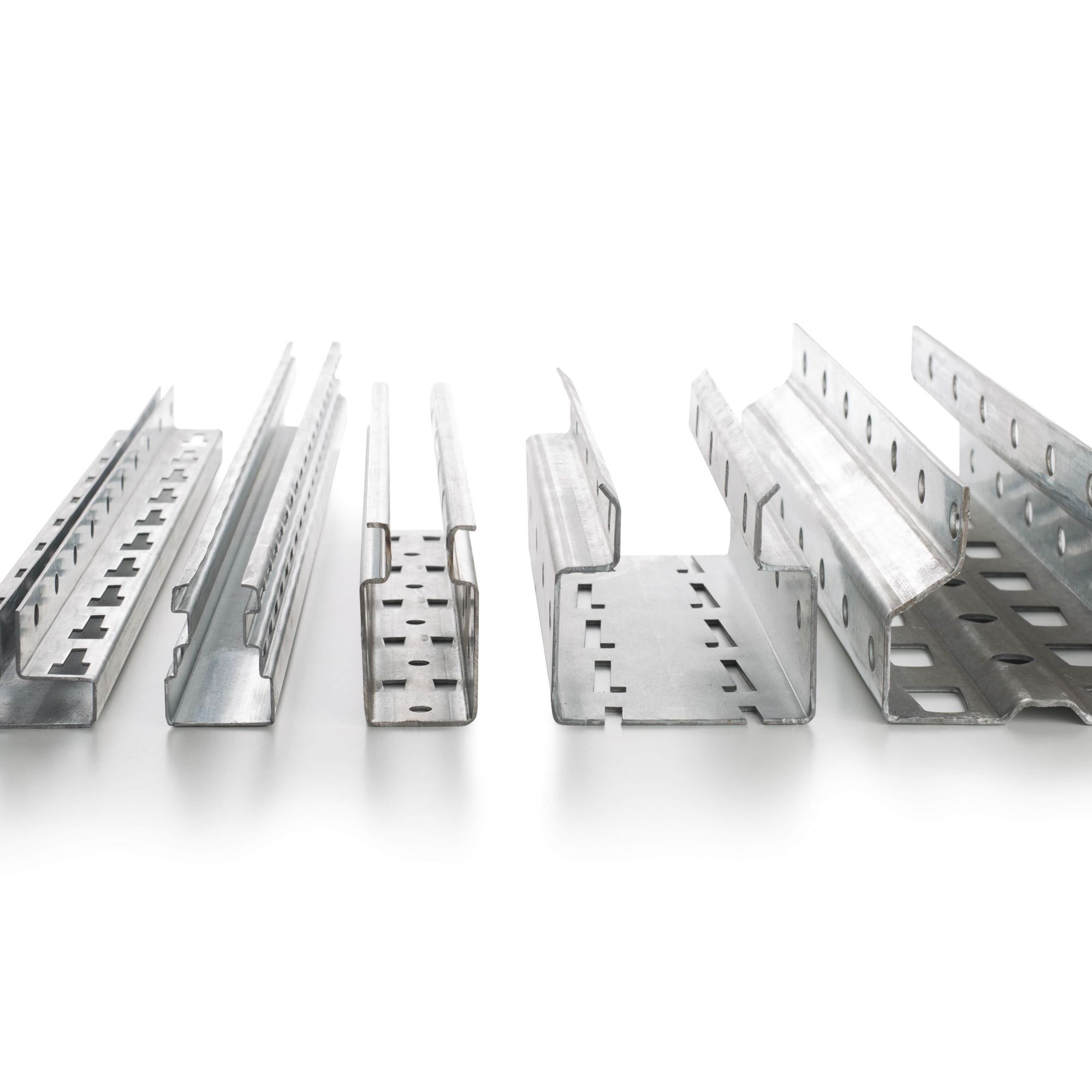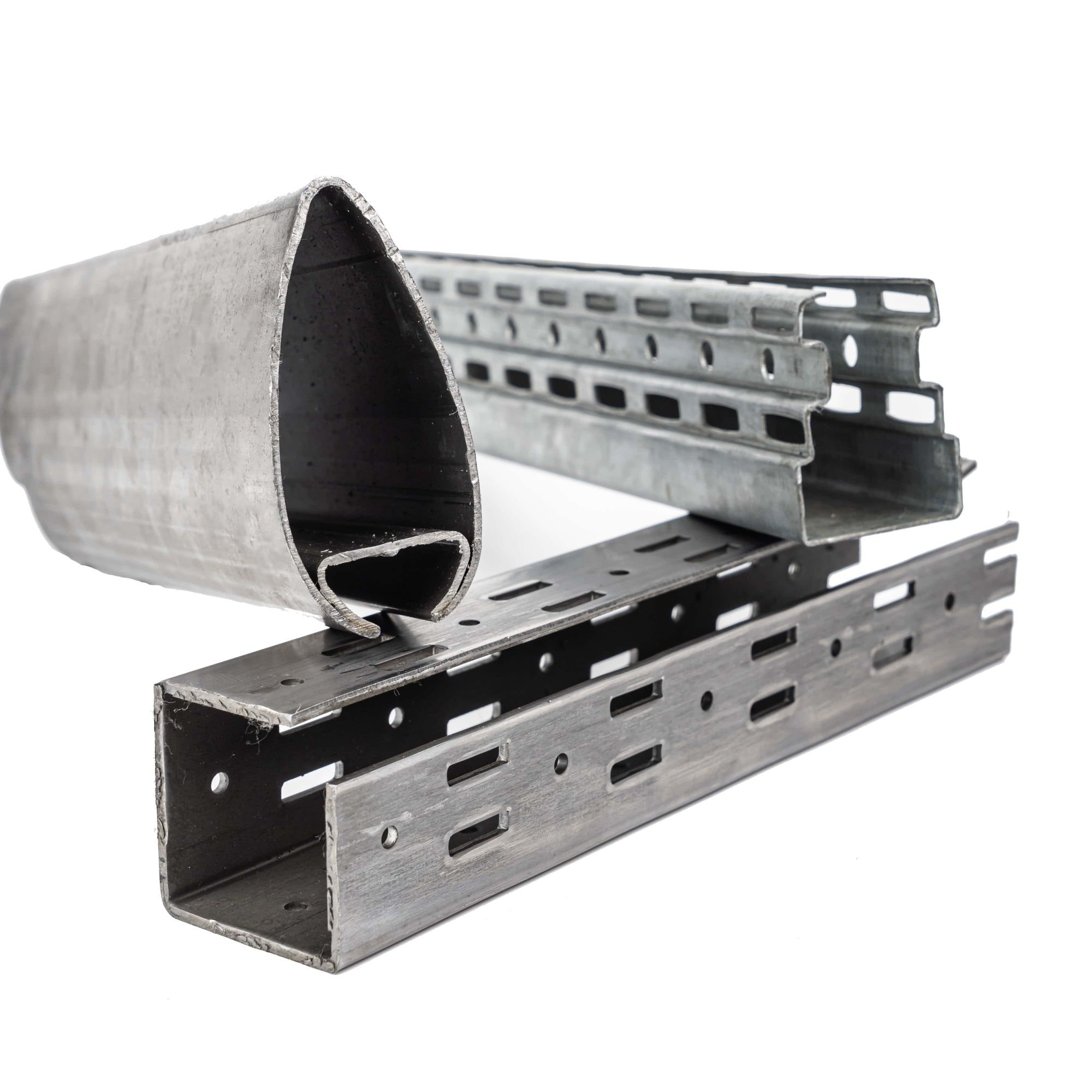
22/12/2022
Aluminum or Steel: Which Metal Is Better?
Steel vs aluminum: advantages and disadvantages of materials compared
Metal profiles are the result of a rolling process and can be made by hot or cold rolling technique. Profilsystem produces profiles by cold-rolling technique and these pieces can be made of different materials ranging from stainless steel, iron aka carbon steel, aluminum, brass to other types of materials or alloys.
When choosing the most suitable material, the specific characteristics of the metal and the end use that the profile will have must be taken into consideration. In this article we will compare steel and aluminum to understand which one is more suitable for undergoing profiling processes. To understand this we will consider some of the specific characteristics of these two materials, such as weight, durability, strength and elasticity.
Is aluminum a metal or an alloy? And steel?
In terms of their composition, steel is an alloy composed of iron and carbon, the merit of which is that its properties are more desirable than those of their components. Whereas aluminum is a naturally occurring metal, whose presence on earth is by far the greatest.
Both have so many areas of application and are very suitable for use in metal profiles.


How strong is aluminum? How strong is steel?
The durability of a material is defined as its resistance to corrosion and external agents over an extended period of time: the more durable a material is, the less it needs to be repaired or maintained. Atmospheric corrosion and stationing in a humid environment, therefore, pose a risk to some metals. Steel, because of its ferrous component, tends to corrode over time: for this reason, it is often coated with an anticorrosive material, such as galvanized steel, or even intentionally subjected to corrosion-see the case of Corten steel in which corrosion creates a protective layer.
In spite of this, steel is a very durable material when treated properly, just think of the fact that it is used in many architectural structures.
On the other hand, aluminum does not require any anti-rust treatment, not even as a result of profiling: thus, aluminum turns out to be significantly more resistant to corrosion than steel.
Aluminum weight vs. steel weight: what does it imply for strength and profile processing?
Steel is a much heavier material than aluminum: in fact, they have a specific gravity of 7.9 kg and 2.7 kg per cubic decimeter, respectively; similarly, their density is also very different: again, steel turns out to be much denser (by about 2.5 times). This translates into the fact that aluminum has a lower resistance to dents and scratches and tends to be deformed when subjected to the exertion of forces, heat or weights; however, at the same time it turns out to be easily machined.
On the other hand, steel has greater strength but once produced is more difficult and more expensive to work with.
Thus, aluminum has the advantage of being lighter, which is why it is usually used for profiles intended for temporary and small structures; steel profiles, on the other hand, are more suitable for solid and durable structures such as buildings, structural elements, shelving, pallet racks and more.
Modulus of elasticity of steel and aluminum
Modulus of elasticity, or Young's modulus, is the magnitude of a material that expresses the ratio of strain to stress; in other words, it indicates the propensity to deform under the action of a loading force. Aluminum has a coefficient of elasticity that is about one-third that of steel, so it will tend to deform much more easily when subjected to a force. This makes aluminum very ductile and workable, but at the same time less strong. In contrast, steel is a material that can bear the load of very heavy weights over large areas without deforming.
To summarize, aluminum is more durable, lighter, and more malleable, while steel is stronger, stiffer, and for obvious reasons a cheaper material than aluminum. Both are viable alternatives, however, the choice must be made on the basis of the 'end use of the metal profiles. To best evaluate which material is the most appropriate for your needs, Profilsystem is available to find the most suitable solution: simply contact us through the contact section of our website to request advice.